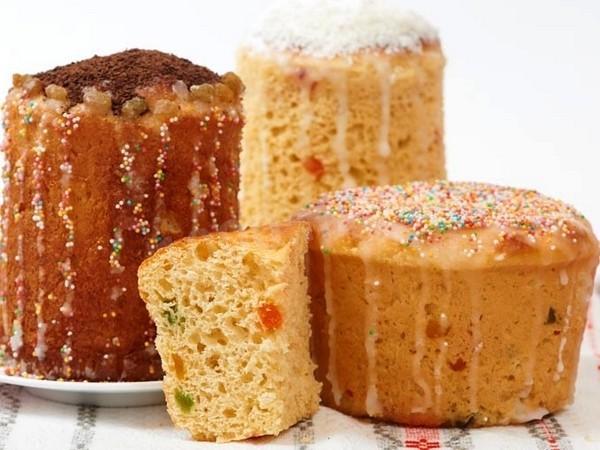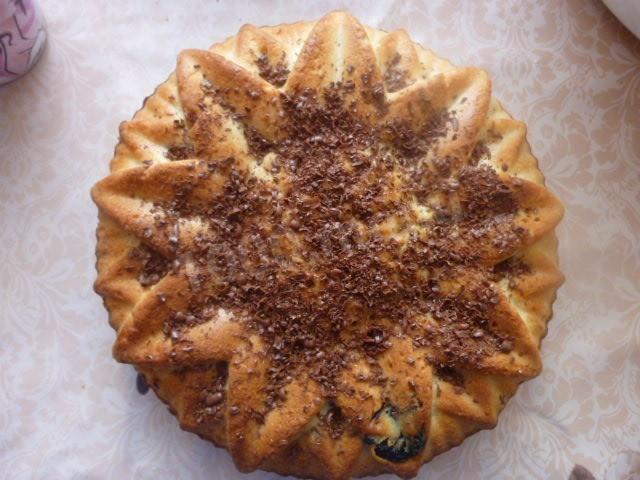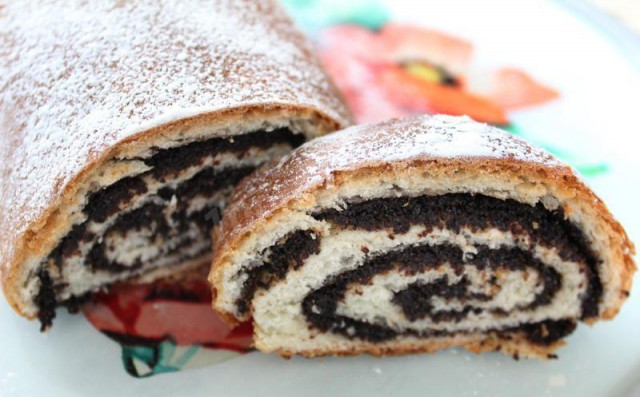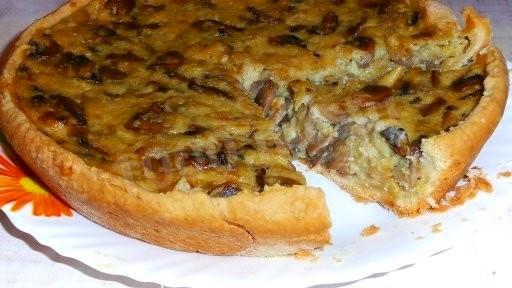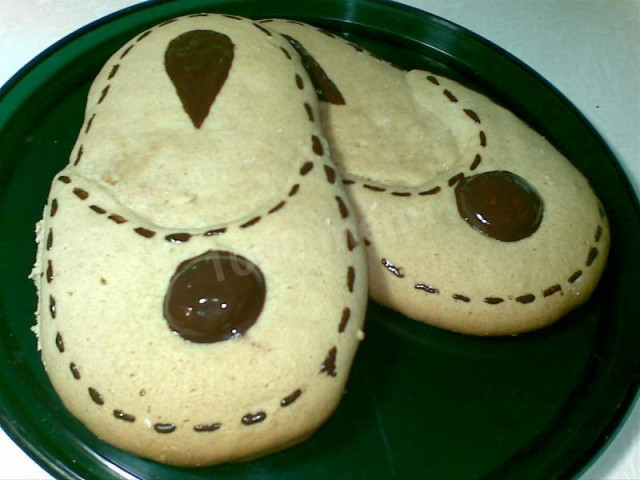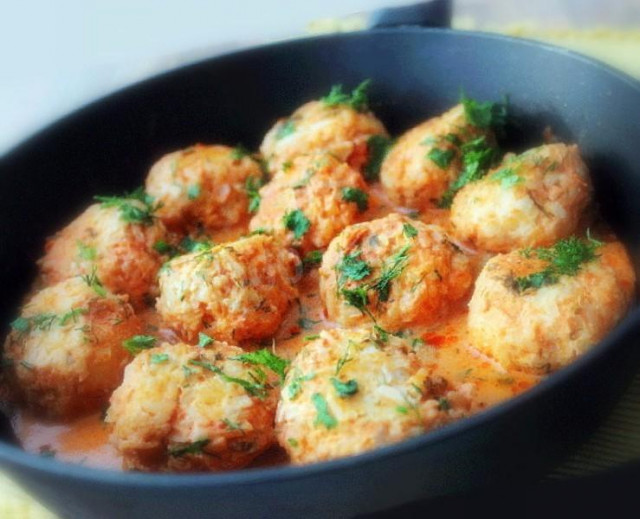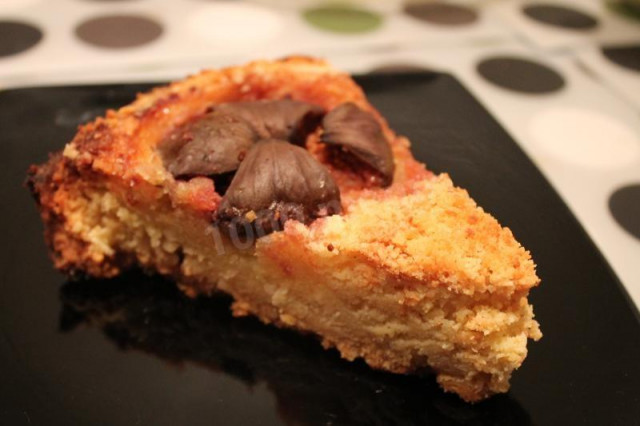Composition / ingredients
Cooking method
Fill the pan with milk and heat it so that it becomes warm, but not hot. Part of the milk (about a fifth of the volume) is poured into a separate bowl. In it, we will mix milk with sugar, and then add yeast to it. After diluting the yeast in the milk, we remove the bowl to a warm corner for 20 minutes so that the yeast rises.
Return the milk from the main pan to the switched-on stove. Now we boil it, filling 3 tablespoons of flour alternately and distributing them over the entire volume of milk. Stir the mixture and keep it on fire until it acquires a thick consistency.
Separately from it, we slightly warm up the fat cream, so that then pour them into the mass of milk and the remaining flour. The cream should be completely mixed with the mixture. The fourth addition to the mixture will be sourdough. We pour it in only after the contents of the pan have cooled from hot to acceptably warm. As always when adding, stir the mixture.
Leave the mixture to rise in a warm place. It will take about the same time as sourdough, or a little more. Butter is heated to melt, and then cooled, returning to a solid state. Separate the yolks from the whites. The first are combined together with vanilla and ordinary sugar.
When the dough has risen, pour a mixture of sugar and yolks into it, and then butter with salt. Knead all the additives into the dough mass. Then we remember about the squirrels. Beat them until they foam, and immediately pour the whipped air protein into the dough. Knead the dough, turning it over and at the same time smoothly thickening it with flour. Add flour in portions. In the final, the dough should come out, soft enough and at the same time easily stretching, not sticking to the hands.
Shred the ingredients for filling the dough. We select the cutting form to your taste. Mix them with the dough and leave the mass to rise by yeast. While she is in time, we prepare molds for cakes. We put baking paper greased with oil (vegetable) into the molds. Pour the dough so that it occupies half of each of the molds, no more. There it should rise again, after which it is already possible to transfer it to the oven. Turn on the oven at 180 degrees, wait for it to warm up, and give the blanks a little over an hour to cook, regularly checking the baking process. The finished custard cake can be poured with glaze from a mixture of protein of 1 chicken egg, half a cup of powdered sugar and a tablespoon of lemon juice.
Caloric content of the products possible in the composition of the dish
- Whole cow's milk - 68 kcal/100g
- Milk 3.5% fat content - 64 kcal/100g
- Milk 3.2% fat content - 60 kcal/100g
- Milk 1.5% fat content - 47 kcal/100g
- Concentrated milk 7.5% fat content - 140 kcal/100g
- Milk 2.5% fat content - 54 kcal/100g
- Buttermilk - 36 kcal/100g
- Cream of 20% fat content - 300 kcal/100g
- Cream of 10% fat content - 120 kcal/100g
- Cream - 300 kcal/100g
- Pressed yeast - 109 kcal/100g
- Whole durum wheat flour fortified - 333 kcal/100g
- Whole durum wheat flour, universal - 364 kcal/100g
- Flour krupchatka - 348 kcal/100g
- Flour - 325 kcal/100g
- Granulated sugar - 398 kcal/100g
- Sugar - 398 kcal/100g
- Butter 82% - 734 kcal/100g
- Amateur unsalted butter - 709 kcal/100g
- Unsalted peasant butter - 661 kcal/100g
- Peasant salted butter - 652 kcal/100g
- Melted butter - 869 kcal/100g
- Dried apricots - 215 kcal/100g
- Uryuk - 290 kcal/100g
- Dried peaches - 254 kcal/100g
- Vegetable oil - 873 kcal/100g
- Marshmallow - 304 kcal/100g
- Marshmallows in chocolate - 396 kcal/100g
- Salt - 0 kcal/100g
- Lemon juice - 16 kcal/100g
- Powdered sugar - 374 kcal/100g
- Chicken egg - 80 kcal/100g
- Egg whites - 44 kcal/100g
- Marmalade - 322 kcal/100g

